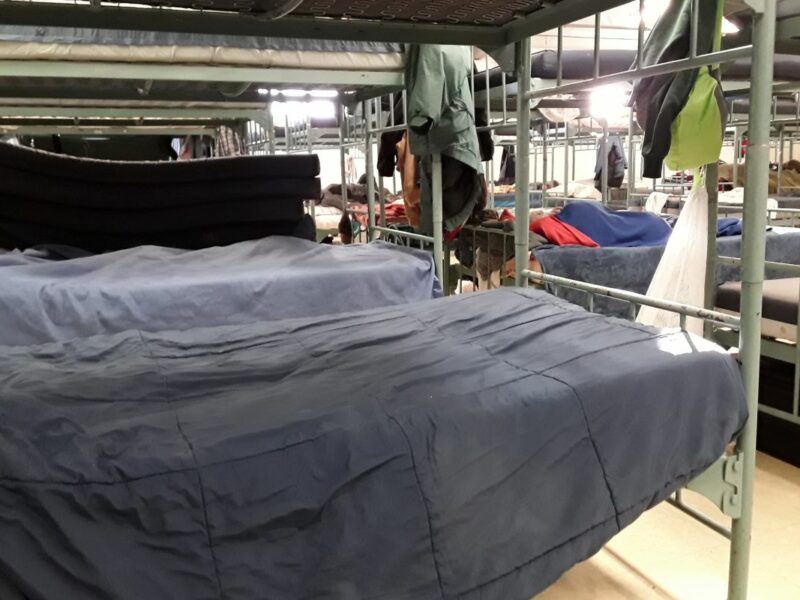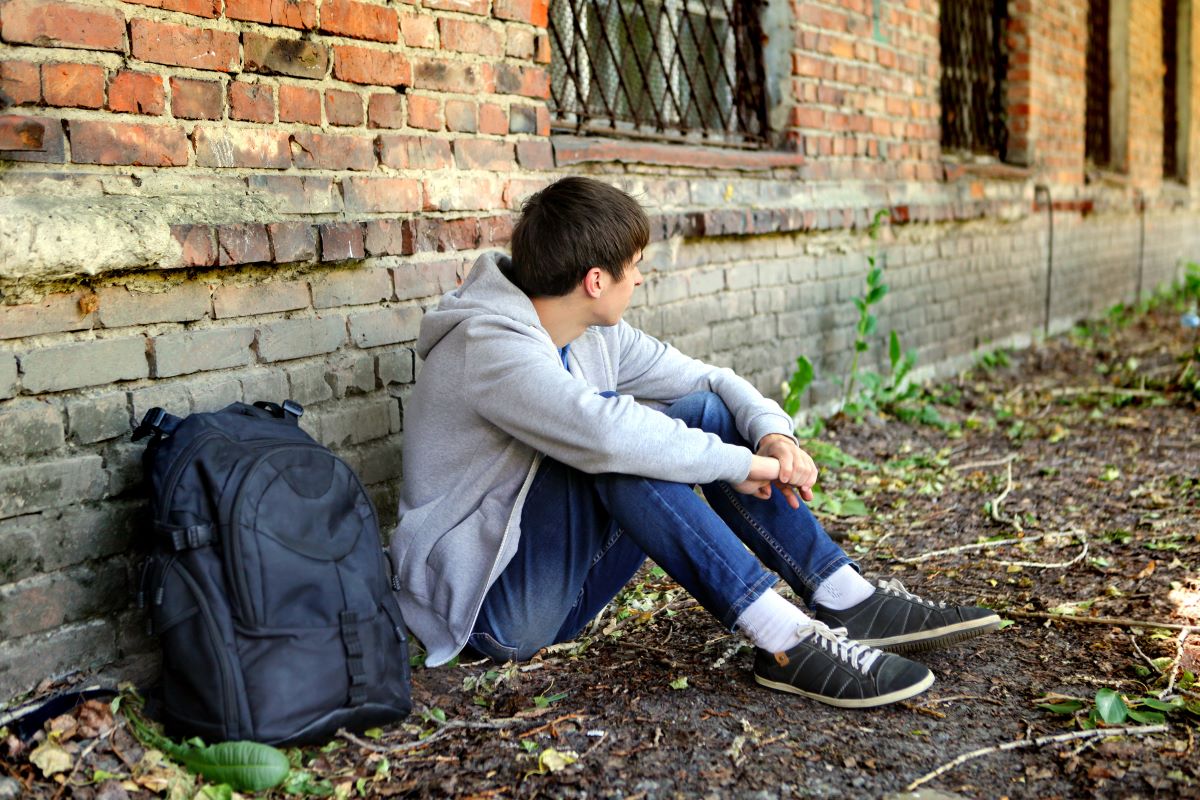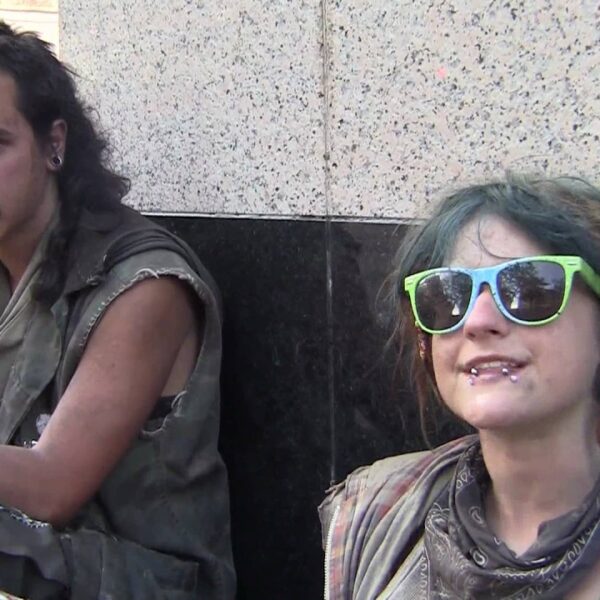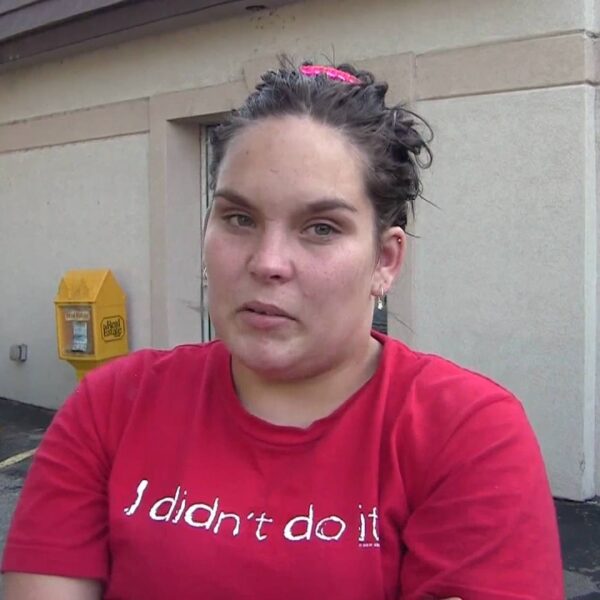Other Subpopulations in the Houseless Community Have Better Access to Housing and Employment
Trigger Warning: This article deals with the sensitive subject of unsheltered youth homelessness and the potential it poses for violent altercations.
As a nation, we don’t like to think about homelessness. The subject is rarely broached in mainstream media and is so underreported we could almost call it a taboo.
On the rare occasions that we acknowledge the existence of homelessness in America, it usually comes from something we see on the streets in real life. When it appears before us as a pregnant woman sleeping in a subway station, as a haggard senior citizen lugging their personal possessions in a rusty shopping cart, or as a former soldier trying to stand strong while dodging hurled insults and collecting change at an intersection, these are the times we take notice of homelessness.
But this is only one variation of the issue.
There are multiple different types of homelessness across the country. Some of the most common of these include:
- Chronic homelessness
- Transitional homelessness
- Vehicular homelessness
- Hidden homelessness
- Family homelessness
- Youth homelessness
- Episodic homelessness and more
The above-listed categories are further sorted into two classifications – sheltered and unsheltered. Sheltered homelessness is when a person or family has no stable place to live, but they stay someplace temporarily indoors. Places people are likely to sleep while experiencing sheltered homelessness include:
- Emergency shelters
- Hotel rooms
- Motel rooms
- Boarding houses
- Friends or family members’ houses (sometimes referred to as couch surfing) and more
Now, unsheltered homelessness is the in-your-face type mentioned in the description above. It’s the kind you can’t ignore because it’s constantly invading your field of vision. People enduring unsheltered homelessness are doing so outdoors in places deemed unfit for human habitation. Examples of these include:
- Intersections
- Subway stations
- Abandoned buildings
- Tent encampments
- Vehicles, etc.
Certain Subgroups of Americans Exhibit a Higher Risk for Unsheltered Homelessness. Among Them are Unaccompanied Youths.
In 2020, The Urban Institute released an in-depth research report on unsheltered homelessness. They found three groups more susceptible to this type of homelessness than other members of the general population. These three groups include:
- Homeless veterans
- Chronically homeless individuals
- Unaccompanied youths
Unaccompanied young people are adolescents and young adults living without legal guardianship. In 2014, it was discovered that millions of school-aged children (2.5 million or 1 in 30) endured the harrowing state of homelessness each year.
In an even more recent report, researchers from Chapin Hall at the University of Chicago drew from 4,000 in-person surveys, 215 in-depth interviews, 26,161 phone survey participants, and publicly available data from government sources to compile the first national estimate of youth homelessness. The results were astounding.
Data shows that one out of every ten young adults between 18 and 35 is thrust into the desolate state of homelessness annually. This is 3.5 million young people every year. This is in addition to the 2.5 million school children in similar circumstances.
Worse still, because youth homelessness can sometimes be hidden in plain sight, study authors claim this is likely an undercount. Yet for such an invisible population in terms of data, they remain one of the most visible populations of homeless people because so many of them are unsheltered.
Unsheltered Homelessness Is Statistically More Dangerous
People who live outside are more likely to be exposed to exploitation and extreme, gratuitous violence in things like rape, murder, robberies, and assault. They are more likely to die prematurely from exposure to inclement weather and potentially poisonous materials like lead, mold, and asbestos.
They are more likely to be forced or coerced into exploitative labor situations, including but not limited to sex work, distribution of illegal materials, and under-the-table laborious jobs that pay lower than minimum wage.
Due to the potential for crime in these high-risk areas, unsheltered homeless people are more likely to clash with authority figures and be arrested, cited, or assaulted by local law enforcement officials. It’s important to mention they don’t have to personally engage in criminal activities to engage with law enforcement negatively. They simply have to be nearby when something illegal takes place.
Given these extreme circumstances, unsheltered homelessness is statistically more dangerous than other forms of homelessness. So, why is it happening to the people who are supposed to be the leaders of our future, the rising generation? Perhaps more importantly, why is it happening to them by the millions?
Why Are Unaccompanied Youths More Likely to Have to Live Unsheltered?
This is a multifaceted issue, and there’s no one-size-fits-all answer. Some prerequisites put certain youths at a higher risk of houselessness in general, sheltered, and unsheltered conditions alike.
But it should be duly noted that once a demographic is thrust into being unhoused, the younger they are, the more disadvantageous this predicament is.
On average, young people lack access to life-sustaining resources that could help them exit unsheltered homelessness. For example, an employed young person might not have enough credit to obtain an apartment.
If they’re under 21, they’re not permitted to rent a hotel room even if they have money. If they’re younger than 17, they can’t even work full-time hours in a legal setting.
While the standard age of adulthood is legally set at 18, we have to admit that the social system in place today requires young adults to rely on their families to some extent, particularly for things like:
- Co-signing a car
- Applying for college loans
- Co-signing that first lease on an apartment
- Maintaining health insurance
- General guidance and stability and so much more
What happens when young people lack a parental or familial presence in their lives? More often than we admit, they fall into unsheltered homelessness.
Talk to Your Legislators About Fixing the Cracks in the System
Millions of young people require your help, your voice, for they are voiceless and invisible. Talk to your local legislators about addressing youth homelessness, sheltered and otherwise, today.













